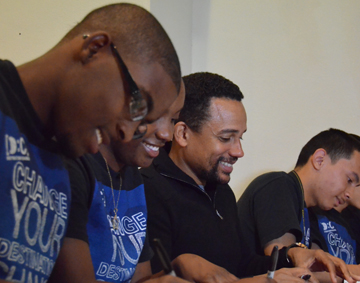 Students at Crenshaw High School in South Los Angeles unveiled a book Wednesday that they wrote about their year-long effort to visit the White House.
Students at Crenshaw High School in South Los Angeles unveiled a book Wednesday that they wrote about their year-long effort to visit the White House.
The students signed copies of their book, “Journey to the White House: An Educational Blueprint for Change in Action,” alongside actor Hill Harper from CSI: NY. Harper was also signing copies of his books “Letters to a Young Brother: MANifest Your Destiny” and “Letters to a Young Sister: DeFINE Your Destiny.”
“We’re all in this together,” Harper said of his passion for helping students. “Education is what we need to be focused on.”
The student authors are part of the Crenshaw Digital Media Team that meets after school to learn about photography, video and other media tools. Their book is being published both in paper and as an eBook.
The journey began when their teacher and mentor Daphne Bradford, founder of the non-profit organization Mother of Many challenged her students to become the type of 21st century classroom that President Obama envisioned in his 2010 Blueprint for Change in Education.
The students wrote letters to the President asking to be invited to the White House. When their requests when unanswered, they decided they needed to make a bigger impression.
They put their multimedia skills to use and created video letters and burned them to a disc, that Bradford was able to hand directly to President Obama when he was in Los Angeles for a rally.
“Once we got invited to come, we had to fund-raise and we made calendars and went around to businesses and organizations,” said Trestan Fairweather, a 17-year-old senior at Crenshaw High School.
When the students got to the White House In September of 2010, they were given a tour by the White House chef and they established a partnership with the White House kitchen to start growing food at home to better the community.
Fairweather’s first impression of the White House was just how enormous it was.
“It was very, very, very big,” he said. “Almost too big for just one family.”
The students also met with the President’s web team who showed them how the White House media presence — Twitter, Facebook, photos, etc. — is run.
“They had really cool advice on how to run our own media too,” Fairweather said.
The book signing was sponsored by the NAACP Beverly Hills/Hollywood chapter.
“We felt this was another opportunity to help these students see a different future for themselves,” said the chapter president Ron Hasson. “We thought Harper could really relate to the kids and give back.”
Order hard copies of the book at www.motherofmany.com ($25.00), digital book purchase for $19.99 at the Barnes and Noble Nook store, iBookstore and ePub at lulu.com









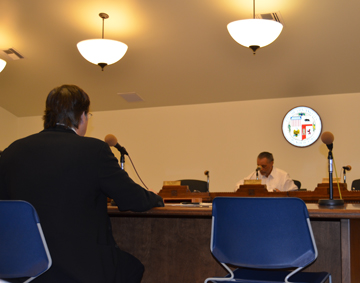 One thing was clear after Thursday night’s special city council committee meeting: the neighborhood councils need change. And fast.
One thing was clear after Thursday night’s special city council committee meeting: the neighborhood councils need change. And fast.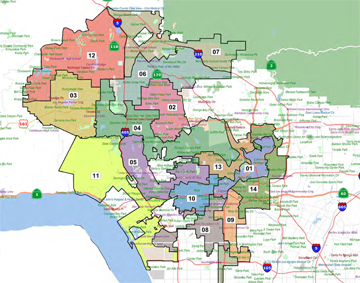 The opinions have been heard and the votes cast, but do you really understand the fuss over redistricting Los Angeles’ city council districts?
The opinions have been heard and the votes cast, but do you really understand the fuss over redistricting Los Angeles’ city council districts?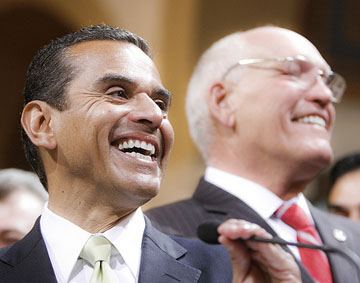 As Black History Month draws to a close, one group in South Los Angeles is just starting a celebration of the future of African Americans.
As Black History Month draws to a close, one group in South Los Angeles is just starting a celebration of the future of African Americans.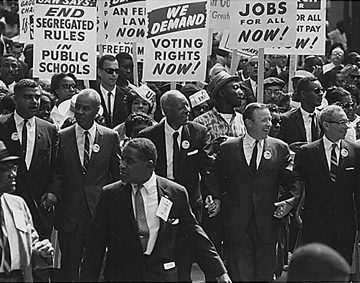
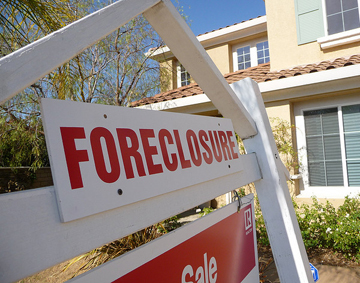 Homeowners in South Los Angeles who are struggling with their mortgages or being threatened with foreclosure can seek help this weekend at the Los Angeles Convention Center.
Homeowners in South Los Angeles who are struggling with their mortgages or being threatened with foreclosure can seek help this weekend at the Los Angeles Convention Center.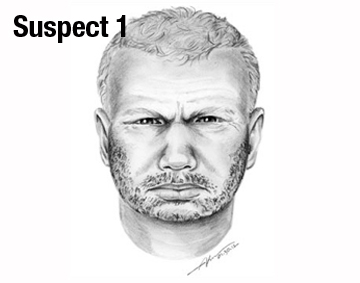 Police are looking for three suspects in the stabbing death of 75-year-old Min Yin late last year. The Los Angeles City Council is offering a reward of $50,000 for information that leads to the arrest and conviction of the people responsible for his death.
Police are looking for three suspects in the stabbing death of 75-year-old Min Yin late last year. The Los Angeles City Council is offering a reward of $50,000 for information that leads to the arrest and conviction of the people responsible for his death. The second suspect is thought to be in his 20s, with a tattoo on the left side of his neck, short dark hair and is heavy set at 5 foot, 4 inches.
The second suspect is thought to be in his 20s, with a tattoo on the left side of his neck, short dark hair and is heavy set at 5 foot, 4 inches. 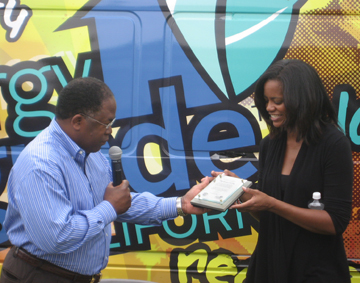 Lisa Brown received a home energy makeover from Energy Upgrade last Spring.
Lisa Brown received a home energy makeover from Energy Upgrade last Spring.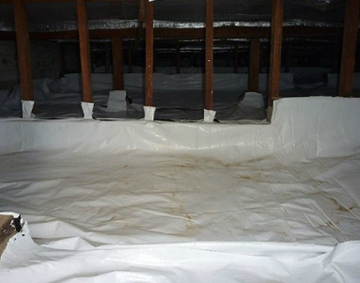 Insulation added to Lisa Brown’s crawl space prevents dust and cold from coming up into her home.
Insulation added to Lisa Brown’s crawl space prevents dust and cold from coming up into her home.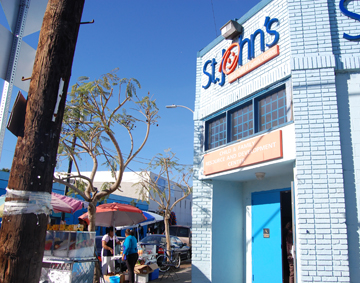 The St. John’s clinics are located on the corner of Hoover Street and W 58th Street in South Central.
The St. John’s clinics are located on the corner of Hoover Street and W 58th Street in South Central.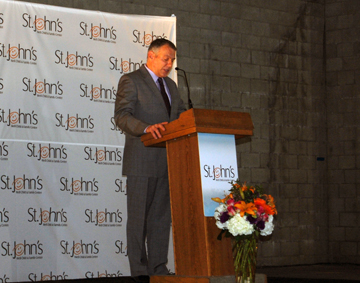 Jim Mangia
Jim Mangia




